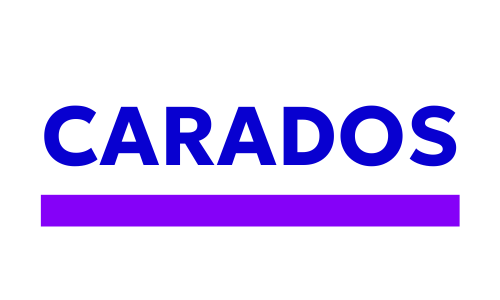Health and Care Workforce Planning: A Critical Imperative
The health and care workforce is facing a number of challenges, including an aging population, increasing demand for services, and a shortage of qualified staff. These challenges are putting a strain on the system and making it difficult to deliver high-quality care.
Workforce planning is the process of analysing, forecasting, and planning workforce supply and demand. It is a critical tool for ensuring that the health and care system has the right people with the right skills in the right places at the right time.
Effective workforce planning can help to address a number of challenges, including:
Shortages of qualified staff: Workforce planning can help to identify areas where there are shortages of qualified staff and develop strategies to address them. This could include increasing the number of training places, attracting international staff, or redeploying staff from one area to another.
Aging population: The aging population is putting a strain on the health and care system. Workforce planning can help to identify the services that will be most in demand in the future and ensure that there are enough staff to provide them.
Increasing demand for services: The demand for health and care services is increasing. Workforce planning can help to ensure that the system is able to meet this demand by identifying ways to increase efficiency and productivity.
Workforce planning is a complex process, but it is essential for the future of the health and care system. By taking a strategic approach to workforce planning, we can ensure that the system has the people it needs to deliver high-quality care to all.
Here are some of the key steps involved in health and care workforce planning:
Assess the current workforce: This includes understanding the number and skills of staff currently working in the health and care system.
Forecast future demand: This involves predicting how the demand for health and care services will change in the future.
Identify gaps: This involves comparing the current workforce with the projected future demand and identifying any gaps.
Develop strategies to address gaps: This could include increasing the number of training places, attracting international staff, or redeploying staff from one area to another.
Implement and monitor the plan: The workforce plan should be implemented and monitored to ensure that it is meeting its objectives.
Workforce planning is an ongoing process that needs to be regularly reviewed and updated. By taking a strategic approach to workforce planning, we can ensure that the health and care system has the people it needs to deliver high-quality care to all.
Conclusion
Health and care workforce planning is a critical imperative for the future of the health and care system. By taking a strategic approach to workforce planning, we can ensure that the system has the people it needs to deliver high-quality care to all.
